A Symphony for Salem
-
Ships in 3 to 4 weeks
Details
Description
SKU: CN.08880
Composed by D. Mark McCoy. Score and parts. Duration 19:50. Published by C. Alan Publications (CN.08880).Inspired by the Salem Witch Trials, 'Symphony for Salem' recreates many of the emotional themes that were prominent at the trials. The devil's dance and the love theme of the Proctors are two of the moods depicted in this fantastic symphony for band.
-Thou shalt not suffer a witch to live...' Exodus 22:18 Movement I: THE DANCE According to Arthur Miller's play, 'THE CRUCIBLE,' the entire episode began when several young girls (one the daughter of the minister) were caught dancing nude in the fields. To escape the harsh puritan punishments administered for their sins, the girls claimed Tituba, a slave woman from Barbados, had 'conjured' spirits. This movement evokes the mood of that first night as each of four instruments (flute, oboe, clarinet and bassoon), portrays one of the antagonists on their journey into the forest on that dark night. The 'devil's voice' is heard in euphonium as he changes the mode of the girls dance theme. As the dance builds to a feverish climax, the strains of music from the church are heard echoing in the distance. The dissonance of these themes is indicative of the inherent conflict in the young girl's actions. 'The Devil's Waltz' is heard as the girls join in the seductive, ritualistic dance. The initial dance theme is heard again (with its modal alterations) as the girls return to the village and the church. The last strain of the movement corresponds to the line from the hymn 'for still our ancient foe doth seek to work us woe...' Movement II: SCENES FROM THE VILLAGE (THE ACCUSED) Salem village was a contentious place full of hard-working, deeply religious people. The town had been suffering land battles for years. The New England winters were dull and hard and there was little to do as celebratory events such as Christmas or Mardi Gras were forbidden. The Village had been caught up in serious disputes with three previous ministers before it finally settled on its fourth, the Reverend Samuel Parris. The power of God and Satan was unquestioned. In this environment, hysteria could run rampant on this sleepy village. Between June and September of 1692, scores of men and women were accused of and tried for witchcraft. Themes in this movement represent two married couples and an old matron accused and executed as witches. Rebecca Nurse was a pious, nearly deaf, seventy-one year old woman. She replied to her accusers 'OF this thing I am innocent as a child unborn, but surely, what sin hath God found in me unrepented of that He could lay such an affliction on me in my old age?' Martha Cory denied ever having been a witch and her husband Giles, in his humility had actually testified against her. John Procter was one of the first to speak out against the girls. 'If they are let alone we should all be devils and witches.' When first his wife and then he himself were accused, witnesses said that it met with much skepticism. The movement begins with Rebecca's theme, it's spinning continuo emblematic of her rocking chair. She had seen difficult times before; just when it seems her theme will stop, it finds the strength to continue. Next the 'Cory theme' is heard representing the old couple trying to survive the harsh winter. As the village comes to life, their themes are turned into fugue and double fugue. As the movement nears its end, a love theme is heard representing the strong bond between the Proctors. Their theme is honest, strong and consonant, until the added Eb gives the theme an uneasy feeling of some discord lurking below the surface of this serene melody. Movement III: THE TRIAL In all, fourteen women and six men were put to death as witches. Nineteen of them were hanged. In an attempt to coerce a confession, Giles Cory was 'pressed' to death by adding rocks to his chest until he was crushed. Reportedly his last words were 'More Weight.' Despite their high place of esteem in the community. the Proctors were given to the gallows to appease the screaming children. Even pious, God-fearing Rebecca Nurse was sent to Gallows Hill. The trials were a mockery of judicial restraint. When the accused were lead in, the girls would fall writhing on the floor, accusing the defendants of attacking, pinching, or biting them. If the judges remained unimpressed, the girls would claim the 'witches' were sitting on the beams over their heads. The courtroom was a cacophonous, wicked circus with no chance of defense or search for the truth. This movement recreates the air of frustration and confusion as each of the accused are lead in, questioned and interrupted as they attempt to defend themselves. An eight-note theme is truncated again and again as if it were sand passing through an hourglass, for once in the courtroom, it was simply a matter of time until the guilty verdict was issued. The 'Cory theme' is heard First and, as they state their case, the people of the village join in to claim their innocence. Their defense goes unheard. Martha is sent to the gallows and Giles is 'pressed' to death. The love theme of the Proctors is heard again but it too is interrupted and ignored. They are sent to their deaths. Rebecca's theme is uttered softly to no avail; unlike before, it hasn't the power to continue. She is condemned to death as well. Movement IV: THE QUESTION Finally, the Governor of Massachusetts forbad the use use of 'spectral evidence' in the proceedings. The girls were silenced. Several months after the fury had dissipated, the 'afflicted' girls were walking in a nearby town. As they passed a woman that they did not know, they fell writhing on the ground, accusing the woman of witchcraft. However, the people of this town paid the girls no attention. They had no desire to repeat the sins of Salem. The surprised girls rose and went on their way. No words were spoken, no names and deeds given, no apparitions imagined or explained. Narcissism would have us believe that that incident closed the book on witch trials in America. But history proves otherwise. The innocent people whose lives were wrecked by the McCarthy Hearings as recently as the 1950's relived the sins of Salem in a very real sense. The perrenial election-year arguments are at times eerily reminiscent of the witch hunts. 'Those who do not study history are doomed to repeat it...' it would seem as true for most who do. Despite the fact that we condemn the people of Salem, we are all too capable of repeating their mistakes. The question is unfortunately not 'will it happen again?' but 'when......?-.
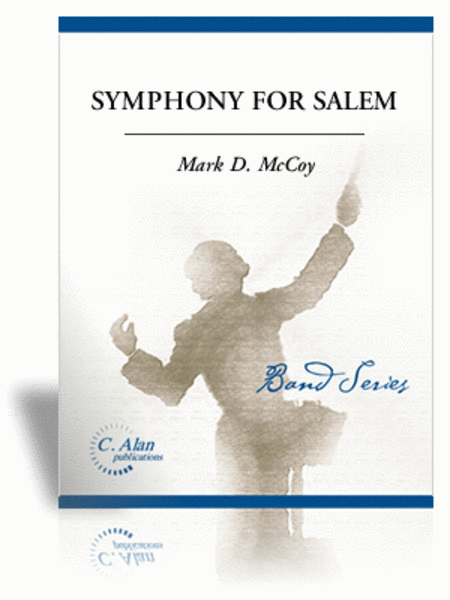
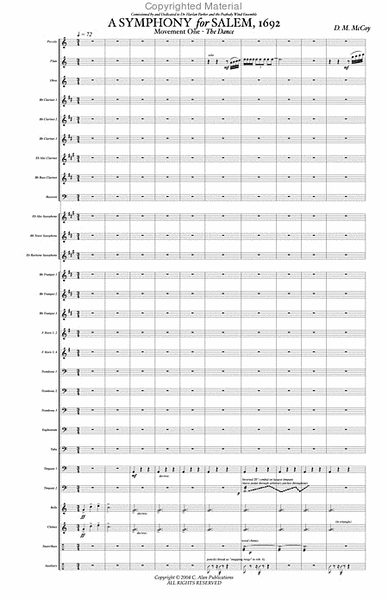
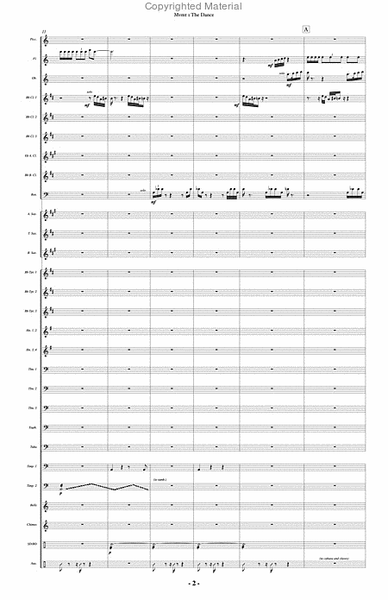
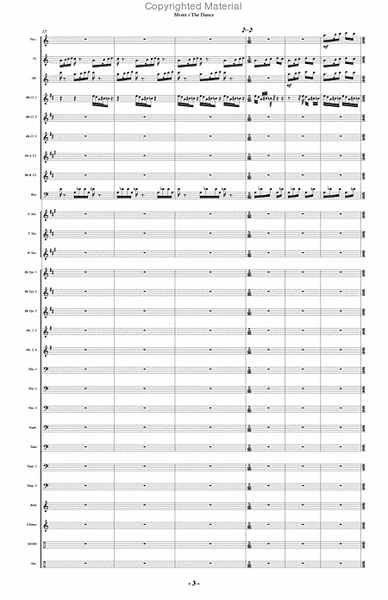
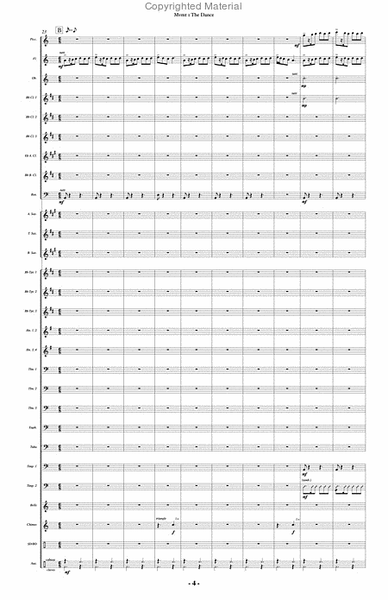
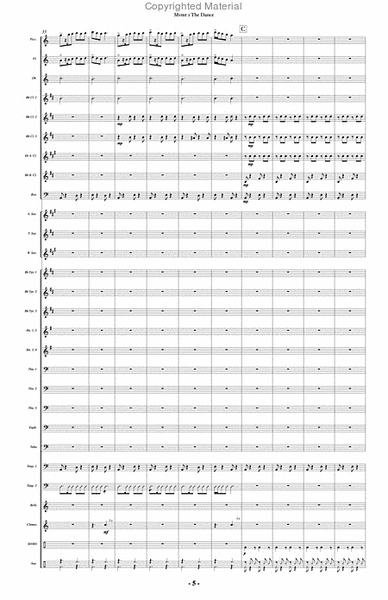
 Share
Share